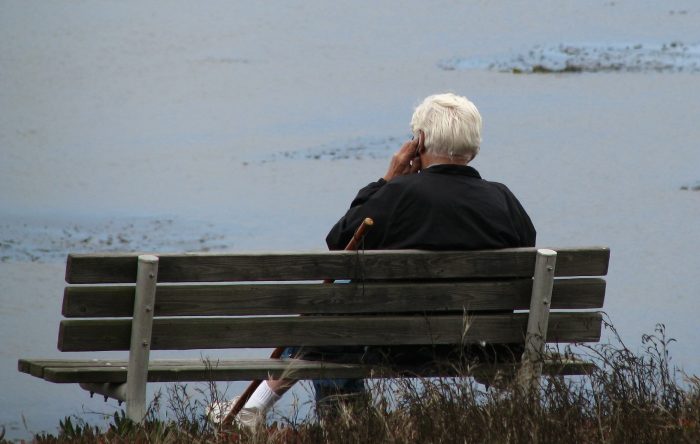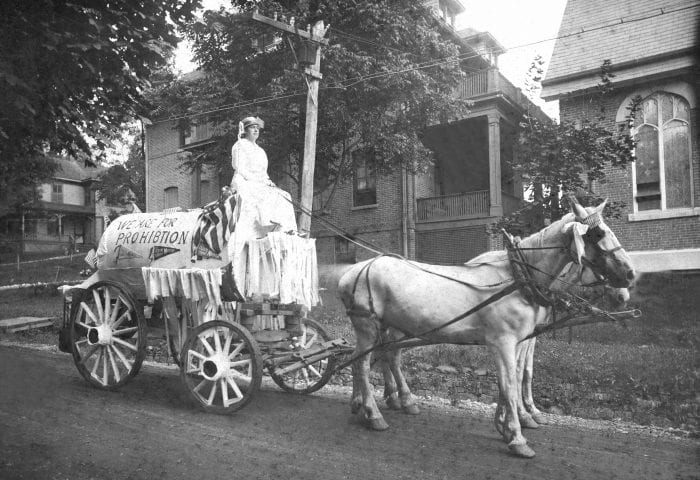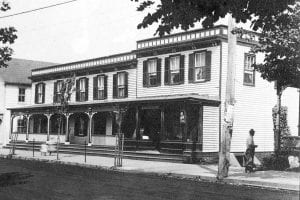Miriam (Groman) Remz, a long-time resident of Belle Terre and former business manager of the Port Jefferson school district, passed away from COVID-19 on Feb. 21 at the age of 94 in Brookline, Mass.
Miriam was born on Dec. 15, 1926 in Czestochowa, Poland, the only child of Israel and Gertrude Groman. She moved with her parents to Brussels, Belgium at the age of 2, where she lived until emigrating to New York on March 1, 1938, avoiding the terrible fate that awaited most of the remaining Jews in Europe.
Miriam considered that date her second birthday, special to her because it represented the beginning of her new life in the United States.
Miriam graduated from City College of New York in 1946 with a degree in business administration and accounting. She then worked in a New York City accounting firm where she met Louis (Leo) Remz.

After he popped the question and was told “I’ll get back to you,” (she said “yes” a week later), the two were later married on Feb. 17, 1948 in the Bronx.
They moved to Port Jefferson in 1949 where Louis worked with his brother, Morris, at M. Remz (later Louis Remz Supply), a feed and grain business —which eventually added bakery ingredients, as well — located next to the Port Jefferson train depot.
Having moved to Cliff Road, Belle Terre where they built a house, Miriam took time off from work to raise a family of three boys. The Remzes were among the founding families of the North Shore Jewish Center, then in East Setauket.
Miriam would later become president of the Sisterhood and a member of the Board of Trustees of the synagogue.
Miriam returned to work in 1963, spending her career with the Port Jefferson school district. She worked first as an account clerk and later became the business manager, a position she held until she retired in 1991.
Miriam was a world traveler — visiting more than 150 countries and all 50 states (North Dakota was the last that she visited — not to mention all U.S. territories.
Her final major international trip was in August 2016 at the age of 89 for the wedding of her granddaughter in Tel Aviv, Israel.
Miriam had a keen sense of adventure, enjoying interactions with people from other countries and cultures and enjoyed learning history. But sometimes her love of travel got the better of her judgment.
On one occasion, already well into her 80s, she visited eastern Turkey at a time when the Syrian civil war had spilled into that region, very close to where she had planned to visit. When asked by her children why she would go there, she said she had already been to western Turkey three times, so she had to see the rest of Turkey.
After her husband Leo passed away in 1994, Miriam continued traveling at an even more frenetic pace, doing about six trips around the world each year.
In addition to her travels, Miriam was passionate about many things in life, including education, her family, Israel and the Jewish people, theater and the arts.

She often went on trips to New York for theatre and dance with friends and sometimes meeting up with her grandchildren. She always enjoyed a good time, dancing, celebrating and socializing with family and friends, and making new acquaintances.
Miriam wanted to pass that on to her family and made sure her children and grandchildren would have every opportunity that she could provide, whether in supporting their educational endeavors or taking her grandchildren on special trips abroad upon them becoming a Bar/Bat Mitzvah including London, Paris, Italy and Brazil/Uruguay/Argentina.
She moved from Belle Terre to Brookline in 2014 to be near two of her sons, Jeff and Sandy. She continued her love of lifetime learning by attending lectures about politics, current events, history, literature, art and Judaism and reading history and biographies.
Almost exactly two years before she passed away, she attended a Dolly Parton tribute concert by Berklee College of Music students in Boston.
Miriam is survived by her three sons, Harvey (Mary Jane) Remz of Huntington, Conn.; Sandy (Arlene) Remz of Newton Centre, Mass. and Jeff (Judy) Remz of Newton Centre, Mass., six grandchildren and four great-grandchildren.
Burial took place at Washington Memorial Park in Coram.
Obituary from Jeff Remz

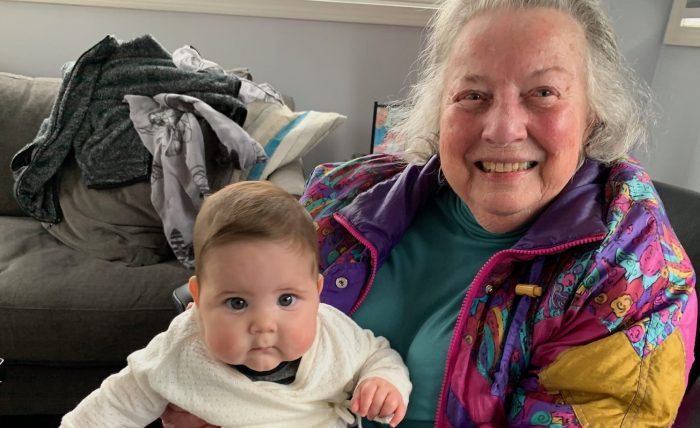
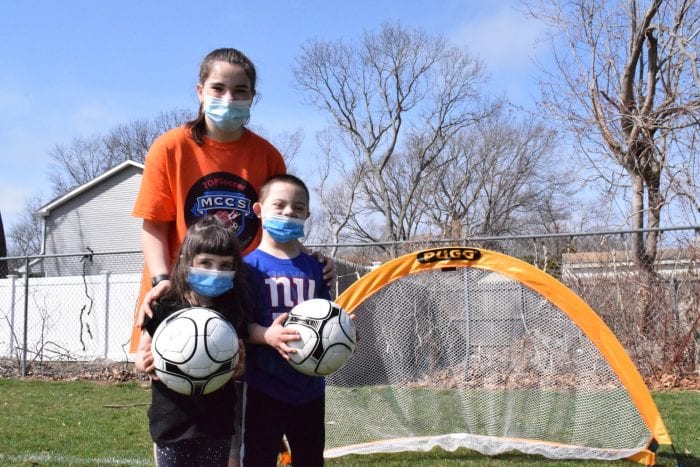




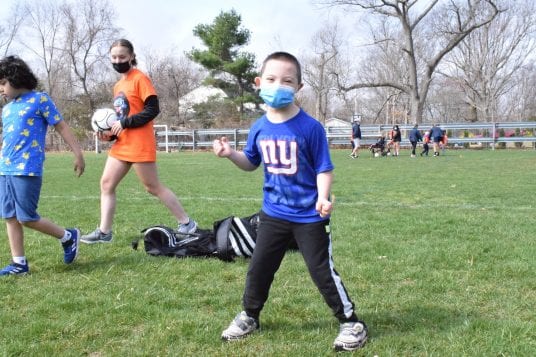







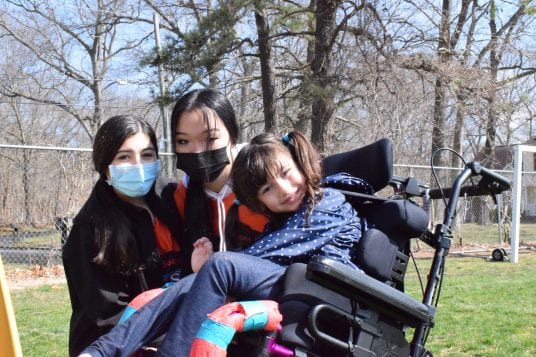
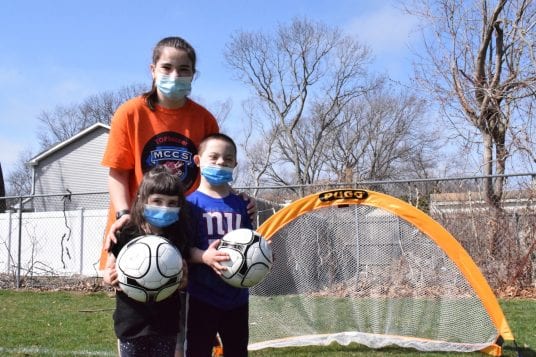

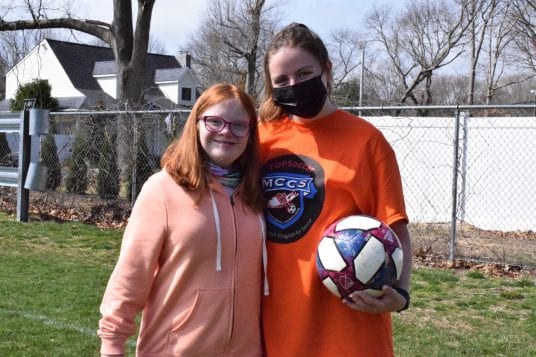






 TBR News Media won first place in the Best Public Service or Non-Profit Special Section for its 2020 Graduation supplement. “What a fantastic section to put together for Senior Class, their families, and the community during a pandemic. Outstanding work!” gushed the judge. The paper won second place in the Innovative Ad Project category for its TBR Artist Coloring Book which the judges said was a “great idea to get the readers to interact with newspapers and doing a contest.”
TBR News Media won first place in the Best Public Service or Non-Profit Special Section for its 2020 Graduation supplement. “What a fantastic section to put together for Senior Class, their families, and the community during a pandemic. Outstanding work!” gushed the judge. The paper won second place in the Innovative Ad Project category for its TBR Artist Coloring Book which the judges said was a “great idea to get the readers to interact with newspapers and doing a contest.”



